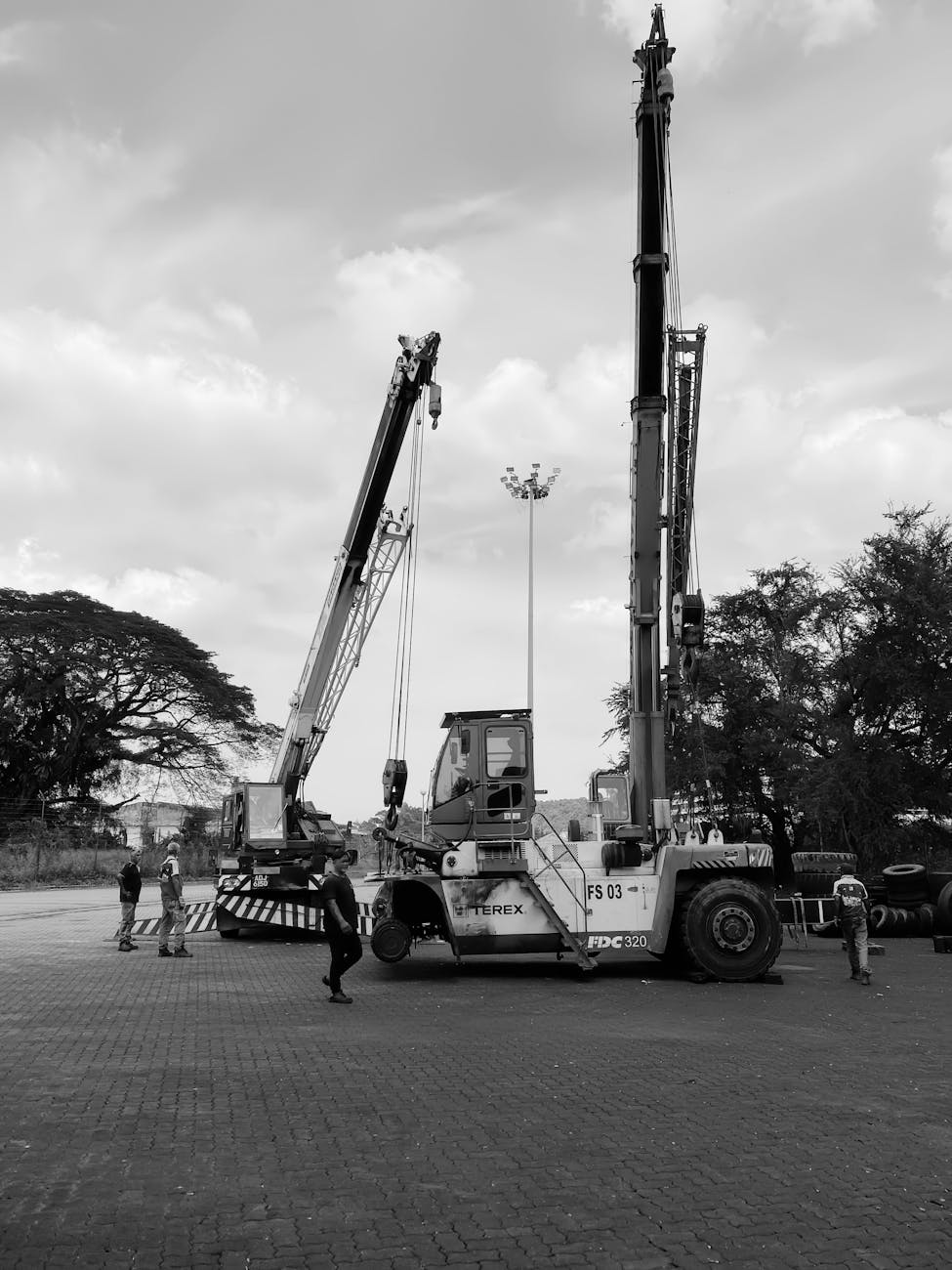
Critical Lifting Risk Assessment
Introduction
When it comes to lifting heavy loads, safety is not just an option—it’s a necessity. Critical lifting operations pose significant risks, and failing to assess those risks properly can lead to catastrophic consequences, including injuries, fatalities, and equipment damage. This is why Critical Lifting Risk Assessment is essential in industries like construction, oil & gas, shipping, and manufacturing.
Understanding Critical Lifting
What Makes a Lift Critical?
A lift is classified as critical when:
- The load exceeds 75% of the crane’s rated capacity.
- It involves lifting personnel.
- There are obstructions or restricted spaces.
- The operation occurs near power lines or in hazardous environments.
Common Industries Requiring Critical Lifts
- Oil & Gas: Offshore rigging and heavy equipment lifting.
- Construction: Tower crane operations.
- Manufacturing: Moving heavy machinery.
- Shipping: Handling oversized cargo.
Key Hazards in Critical Lifting
Equipment Failure
Crane malfunctions or rigging failures can cause catastrophic accidents.
Load Instability
If the load shifts unexpectedly, it can lead to tipping or falling hazards.
Environmental Factors
Wind, rain, and poor visibility can affect lift stability.
Human Error
Improper signaling, lack of coordination, and untrained personnel increase risk.
The Role of Risk Assessment in Critical Lifting
Risk assessment helps:
- Identify potential hazards before they become accidents.
- Evaluate the level of risk involved in the lift.
- Implement preventive safety measures to mitigate risks.
Steps to Conduct a Critical Lifting Risk Assessment
Step 1: Identify the Load and Equipment
Determine the weight, size, and shape of the load, and ensure the crane’s capacity matches the requirement.
Step 2: Assess the Environment and Site Conditions
Analyze weather conditions, ground stability, and surrounding obstacles.
Step 3: Evaluate the Load Weight and Center of Gravity
Ensure the load is evenly distributed to prevent tipping.
Step 4: Analyze the Rigging Plan and Load Path
Plan the lifting path, considering potential obstructions.
Step 5: Identify Potential Failure Points
Check for weak links in rigging, cables, and connections.
Step 6: Implement Mitigation Measures
Use redundant safety systems like taglines and secondary supports.
Step 7: Conduct Pre-Lift Safety Checks
Perform a final inspection before lifting.
Step 8: Monitor and Reassess Throughout the Lift
Ensure continuous monitoring for any emerging risks.
Roles and Responsibilities in Critical Lifting
- Safety Officers: Ensure compliance with safety protocols.
- Crane Operators: Execute lifts safely and precisely.
- Rigging Crew: Secure loads properly.
- Supervisors: Oversee the operation and ensure coordination.
Common Safety Measures and Best Practices
- Training & Certification: Ensure workers are qualified.
- Pre-Lift Briefings: Communicate roles and procedures.
- Use of Load Charts & Lift Plans: Follow manufacturer guidelines.
- Emergency Response Planning: Prepare for contingencies.
Regulatory Standards and Compliance
- OSHA Guidelines: Mandate safety procedures.
- ANSI Standards: Provide lifting requirements.
- ISO Regulations: Establish global best practices.
Case Studies: Real-Life Examples of Critical Lifting Incidents
- Incident 1: A crane collapse due to overload.
- Incident 2: A rigging failure leading to dropped loads.
Conclusion
Critical lifting operations come with high risks, but thorough risk assessment can prevent accidents. Following safety procedures, ensuring proper training, and leveraging technology can significantly improve lifting safety.
Tandem Lifting Risk Assessment
Tandem Lifting Vs Critical Lifting
Mobile Crane Safety Interview: 50 Questions and Sample Answers
Boom Truck Safety Interview: 50 Questions and Sample Answers
Tower Crane Safety Interview: 50 Questions and Sample Answers
FAQs
What is considered a critical lift?
A lift is considered critical if it involves high-risk factors such as excessive weight, personnel hoisting, or operation in hazardous conditions.
Who is responsible for conducting a risk assessment in critical lifting?
Typically, safety officers, supervisors, and crane operators share responsibility for risk assessments.
How often should a critical lifting risk assessment be conducted?
Before every critical lift and periodically as conditions change.
What is the most common cause of accidents in critical lifts?
Human error, including miscommunication and lack of training.
give me ADNOC latest WMS